Extreme Wait Times at the Border Put Strain on Small CA Businesses
The U.S.-Mexico border in San Diego, California, is severely clogged and inefficiently managed. This leads to extreme levels of frustrations of more than 150,000 members of the border communities.
Not only that, the local economy is also hurting, as well as the medical and hospitality industries. But instead of addressing the issue and shortening the wait times, officials don’t appear to be doing anything.
Long Wait Times for Everyone
Recently, lines at the border have been stretching for hours. Students, cross-border families, health care workers, small business owners, and those crossing daily to and from Mexico are all affected.
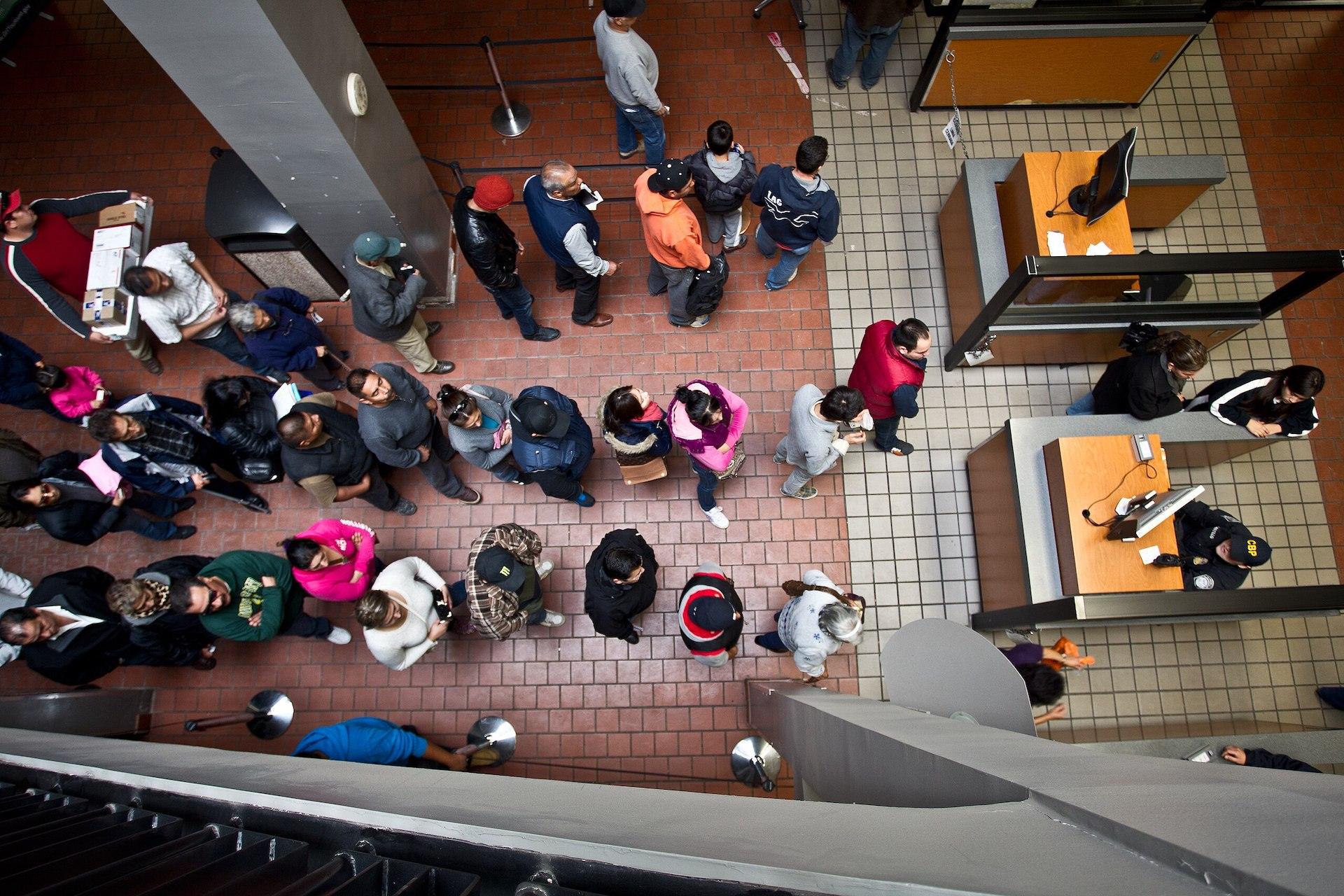
Source: U.S. Customs and Border Protection/Wikimedia Commons
Fronterizas (someone living in and embracing the culture of two sides of the border) have stopped crossing the border regularly. With the decreasing amount of foot traffic thanks to the long wait times, local businesses in the area have suffered.
Time That Won’t Return
Those living and working in San Ysidro, a San Diego neighborhood close to the border, are among those who suffer the most from the inefficient border entry and exit. “Money we can replace, but time will never come back. Those people are wasting their time in that line,” said Sunil Gakherja, a small perfume store owner in the area.

Source: Michal Vavro/Unsplash
Victor Navarro, a social worker and student in San Diego who’s a resident of Tijuana, lamented losing “at least two or three years of my life in that line.” He questioned, “Why is that happening? Do they hate us? Do they want us to be standing there in line? Are they humiliating us?”
Highly Inefficient
A ‘normal’ Monday for commuters can be like this: they wake up at 1 a.m. to get into a four-hour line. Arriving at the checkpoint before dawn, less than a third of Customs and Border Protection booths are open. The traffic nightmare starts.
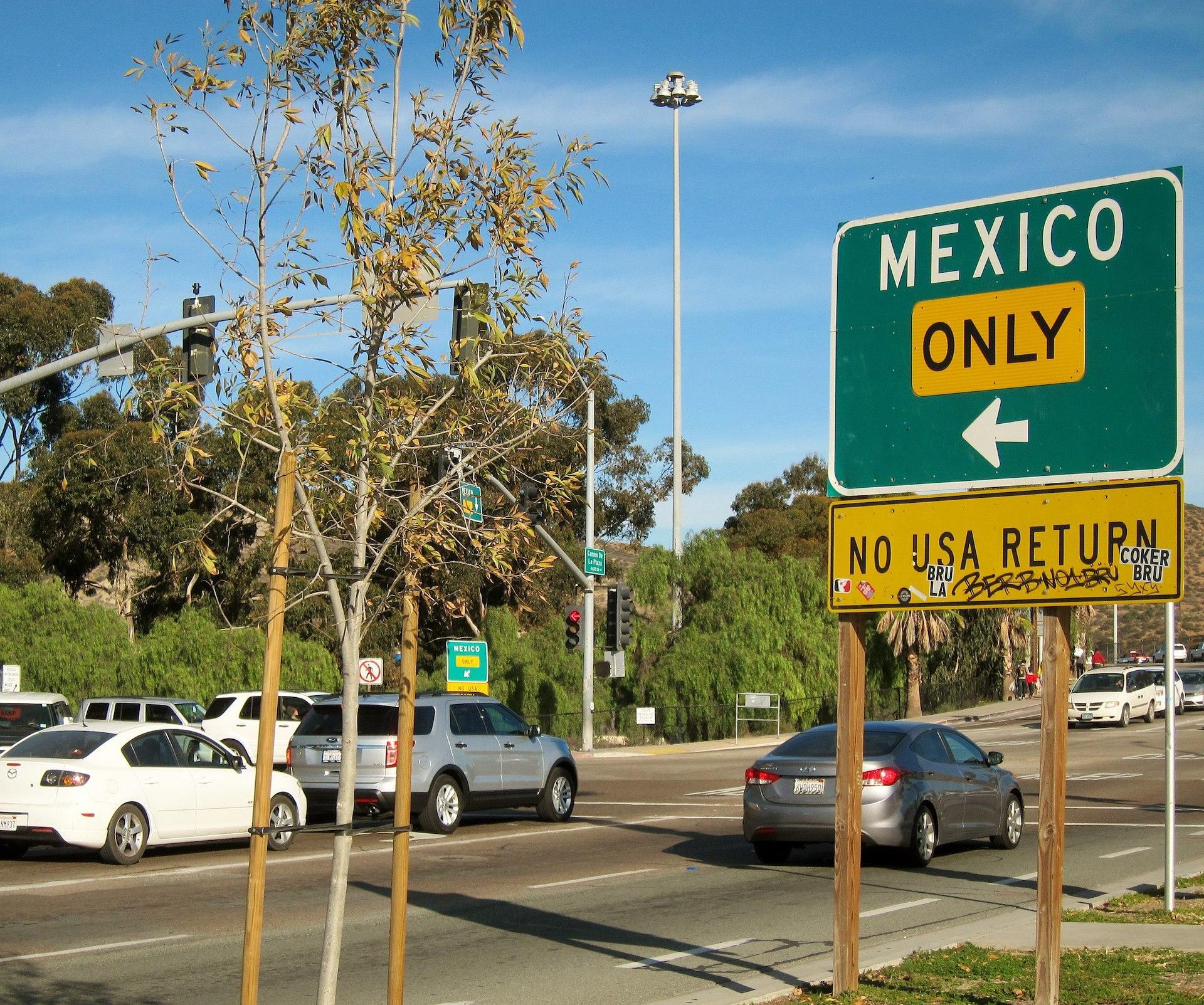
Source: Roman Eugeniusz/Wikimedia Commons
Regular border crossers in the San Diego region say wait times are lengthening, instead of getting shorter. 30- to 60-minute wait times on weekdays can now become three or four hours. Last December, pedestrians waited six hours or more on several days. The same situation is happening the other way around.
Official Information Unreliable
Many cross-border travelers rely on Facebook to look up for wait times because the official CBP data is inaccurate and unreliable. Cómo está la línea Tijuana (How is the Tijuana line), a group on Facebook with 430,000 members is one such place where you can find information.
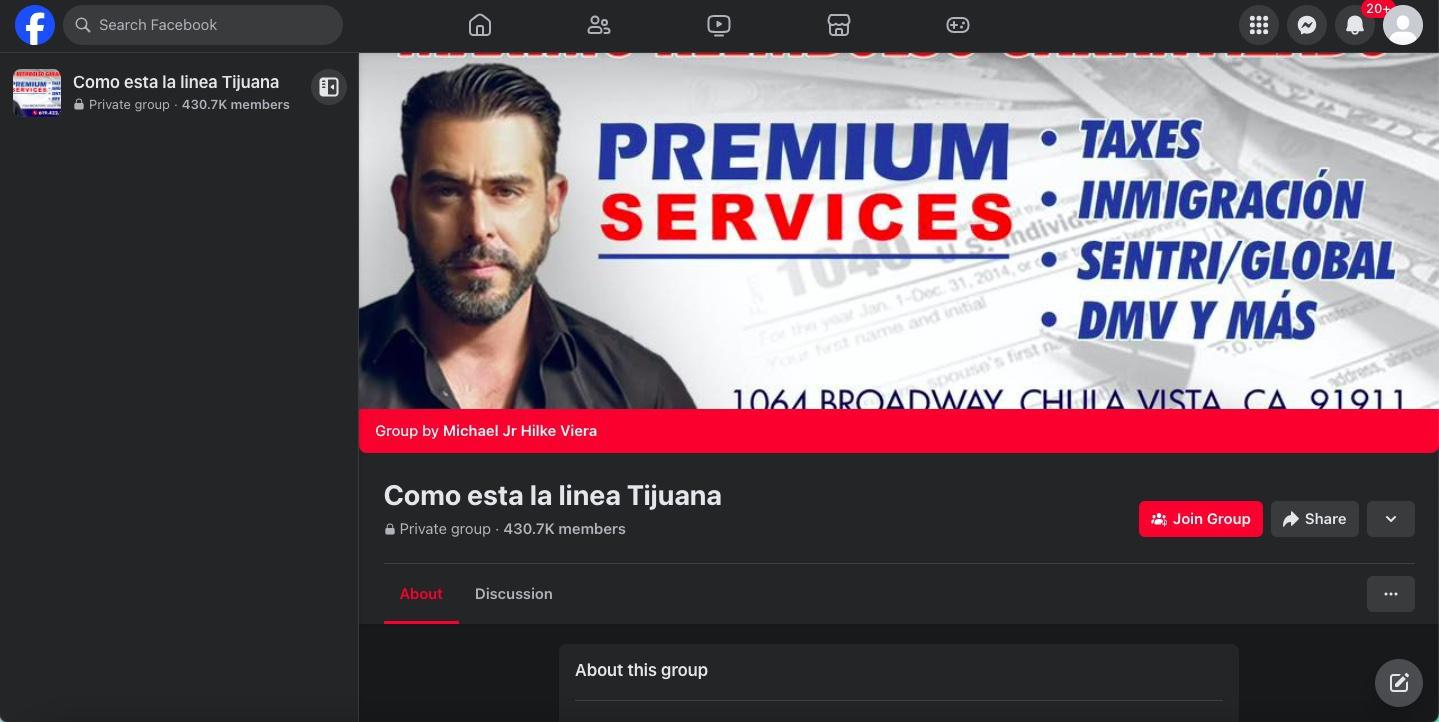
Source: Como esta la linea Tijuana/Facebook
The group was created in June 2013 after its creator, having relied on the official CBP wait times, became extremely late for work.
A System No Longer Allowed
Hector Urquiza, another San Diego college student serving in the Army Reserves but living in Tijuana, revealed how border-crossers have developed a system. It involves holding a spot in the line for each other as an effort to cut down on their daily commute.
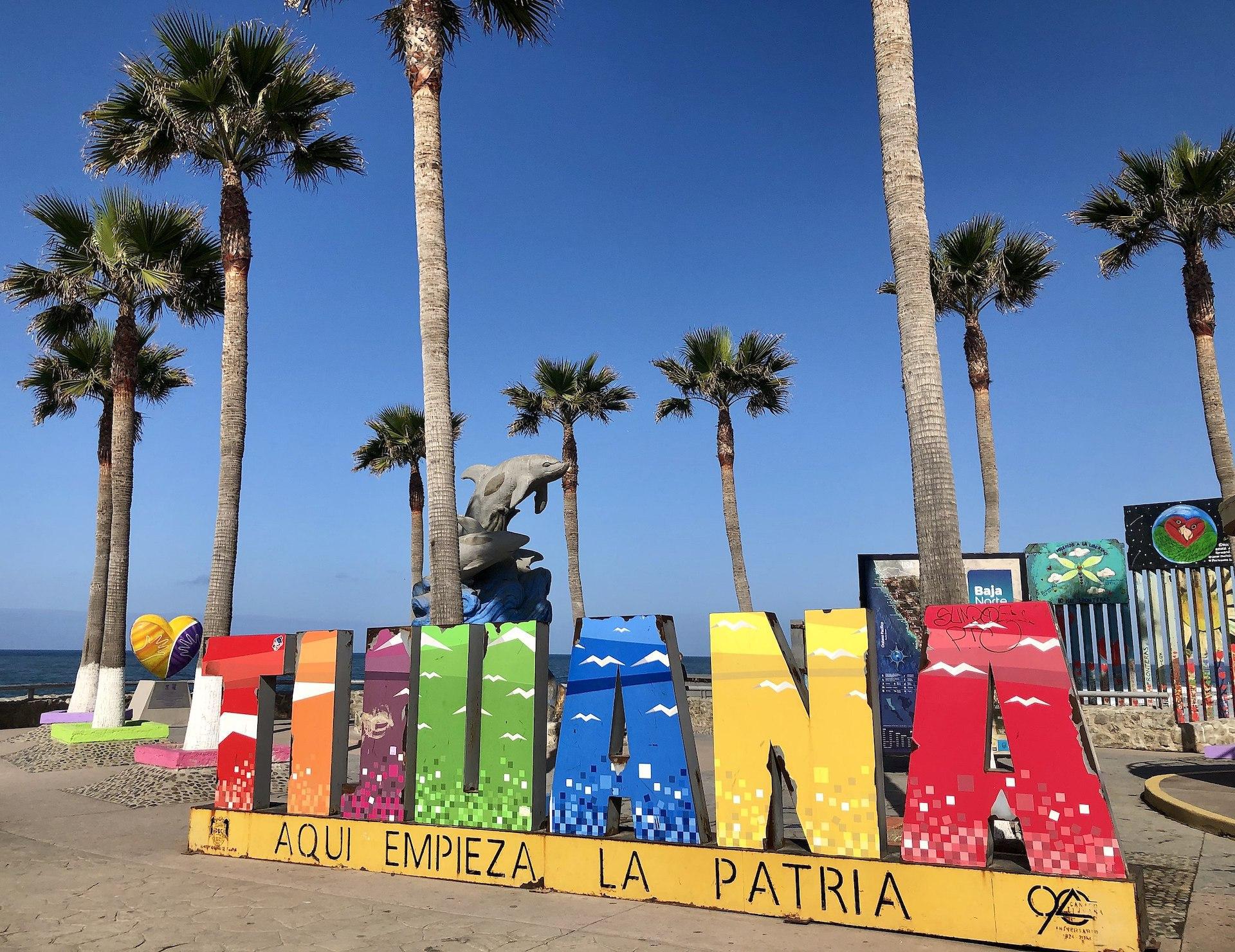
Source: Adamina/Wikimedia Commons
Unfortunately, officials in Tijuana cracked down on the practice recently. “Like you can tell somebody to save your spot, but when you try to go back to your spot, the police are like, ‘Nah, no amigo’,” Urquiza said.
Is It Irregular Migration’s Fault?
Is this the fault of the rising number of irregular migrations? People who come into the U.S. in places besides official ports of entry, usually seeking asylum, are considered as “irregular.” (And San Diego has surpassed Tucson as Border Patrol’s busiest sector.)

Source: United States Border Patrol/FOX 52/Wikimedia Commons
CBP said it shifted its personnel and resources to handle larger groups of migrants overwhelming border officials to cross into the U.S. in “impacted sectors.” Mostly, an Department of Homeland Security official said in January, this is an event happening “cross the southwest border.”
Working Against Smugglers
The Homeland Security statement also pointed its finger at some people smuggling other people illegally. The department is also concerned about ensuring fentanyl and other drugs don’t enter the country.
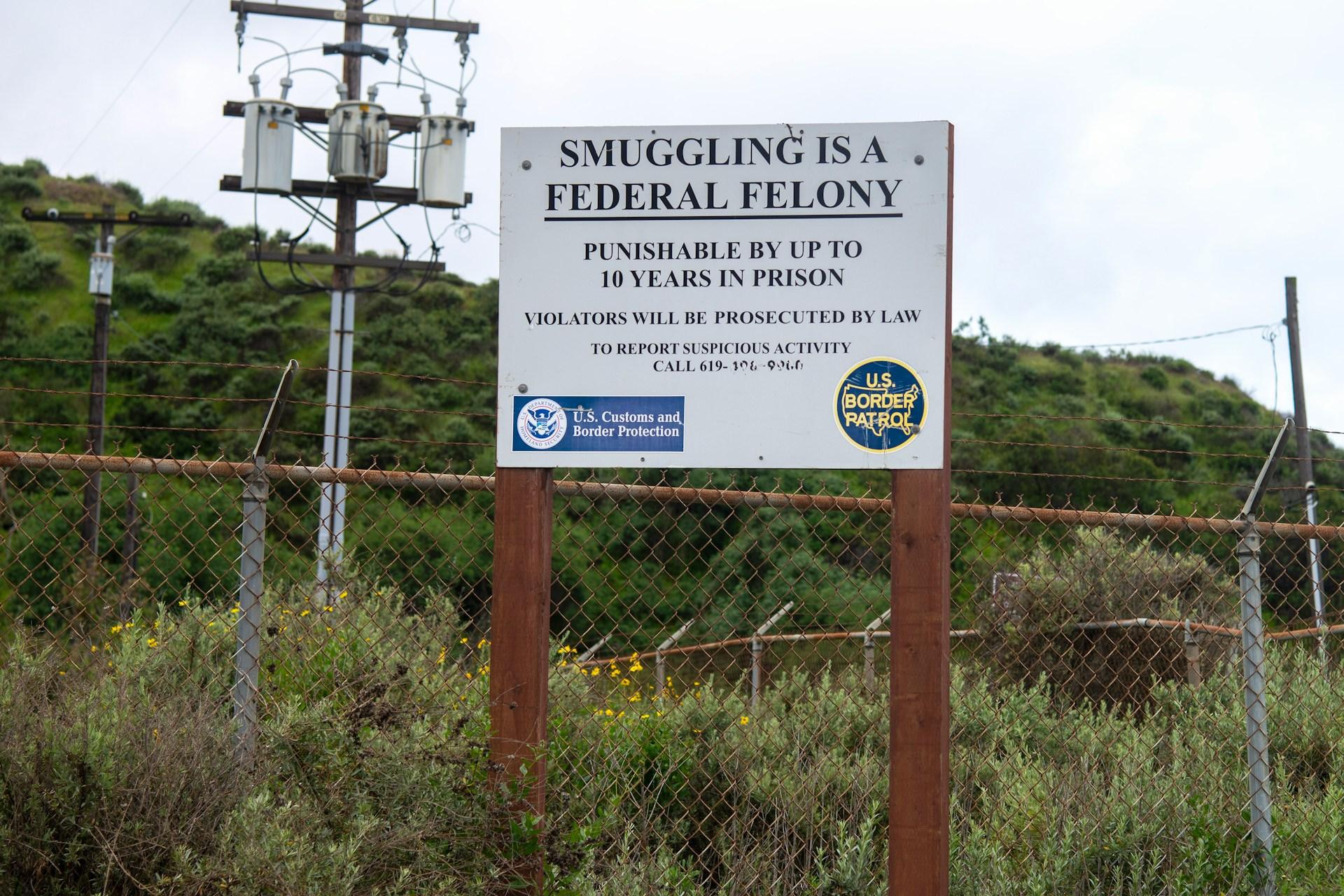
Source: Greg Bulla/Unsplash
Per the agency, “Encounter numbers continue to fluctuate as smugglers and bad actors continue to spread falsehoods and show complete disregard for the safety and wellbeing of vulnerable migrants. The fact remains: the United States continues to enforce immigration law, and our borders are not open for those without a legal basis to enter the country.”
The Reason for Expansion
Regardless of the blame game, border-area residents and business leaders say the federal government should staff the border effectively.
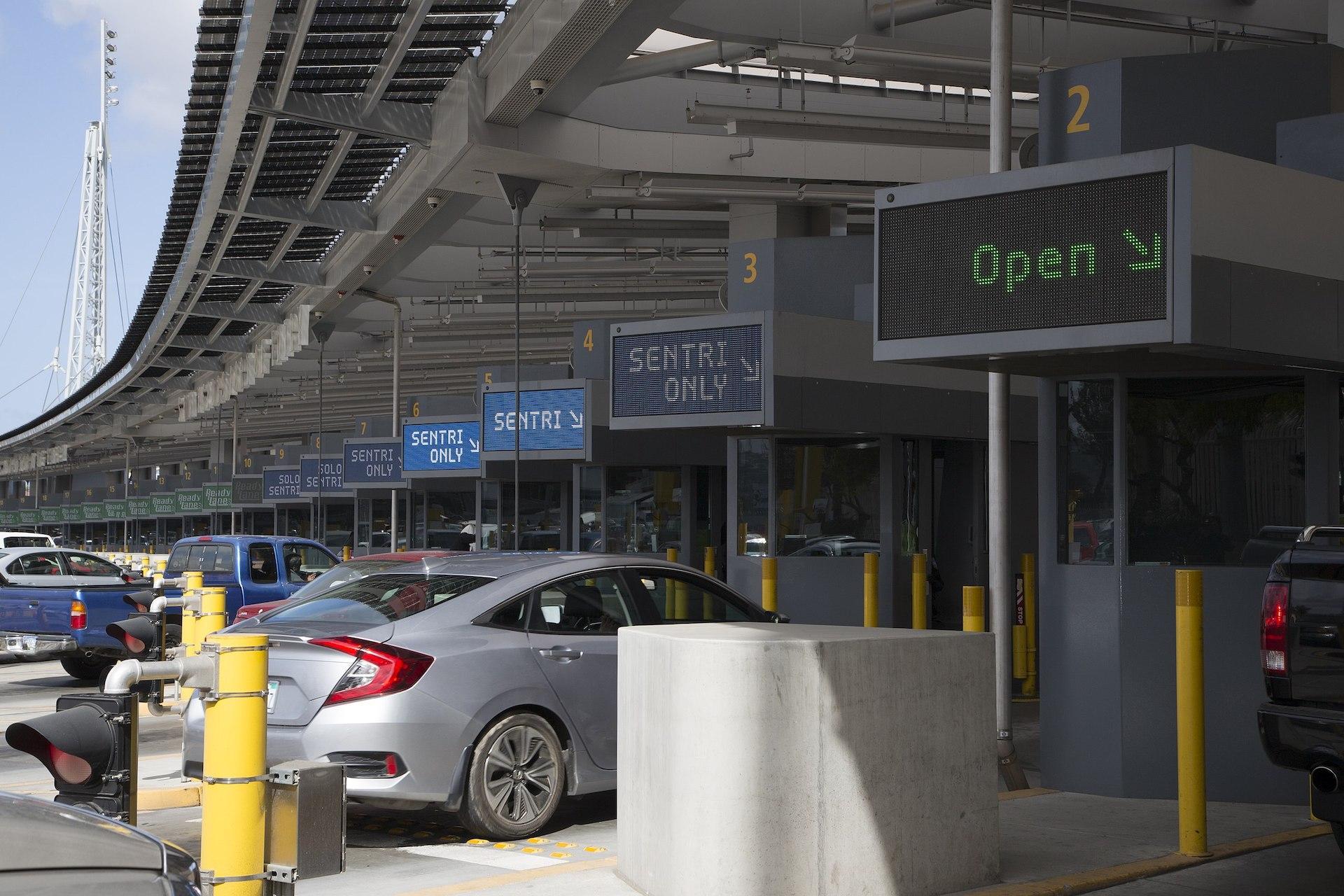
Source: U.S. Customs and Border Protection/Wikimedia Commons
After all, wasn’t reducing wait times and stimulating regional economy the reason for the $741 million worth of expansion of the San Ysidro Port of Entry in the first place?
Higher Economic Worth
A research by the Atlantic Council stated a 10-minute reduction in wait times might lead to an additional $26 million worth of cargo into the country each month. It might also have an annual impact of $5.4 million on the U.S. economy from business transactions with people entering the country from Mexico.
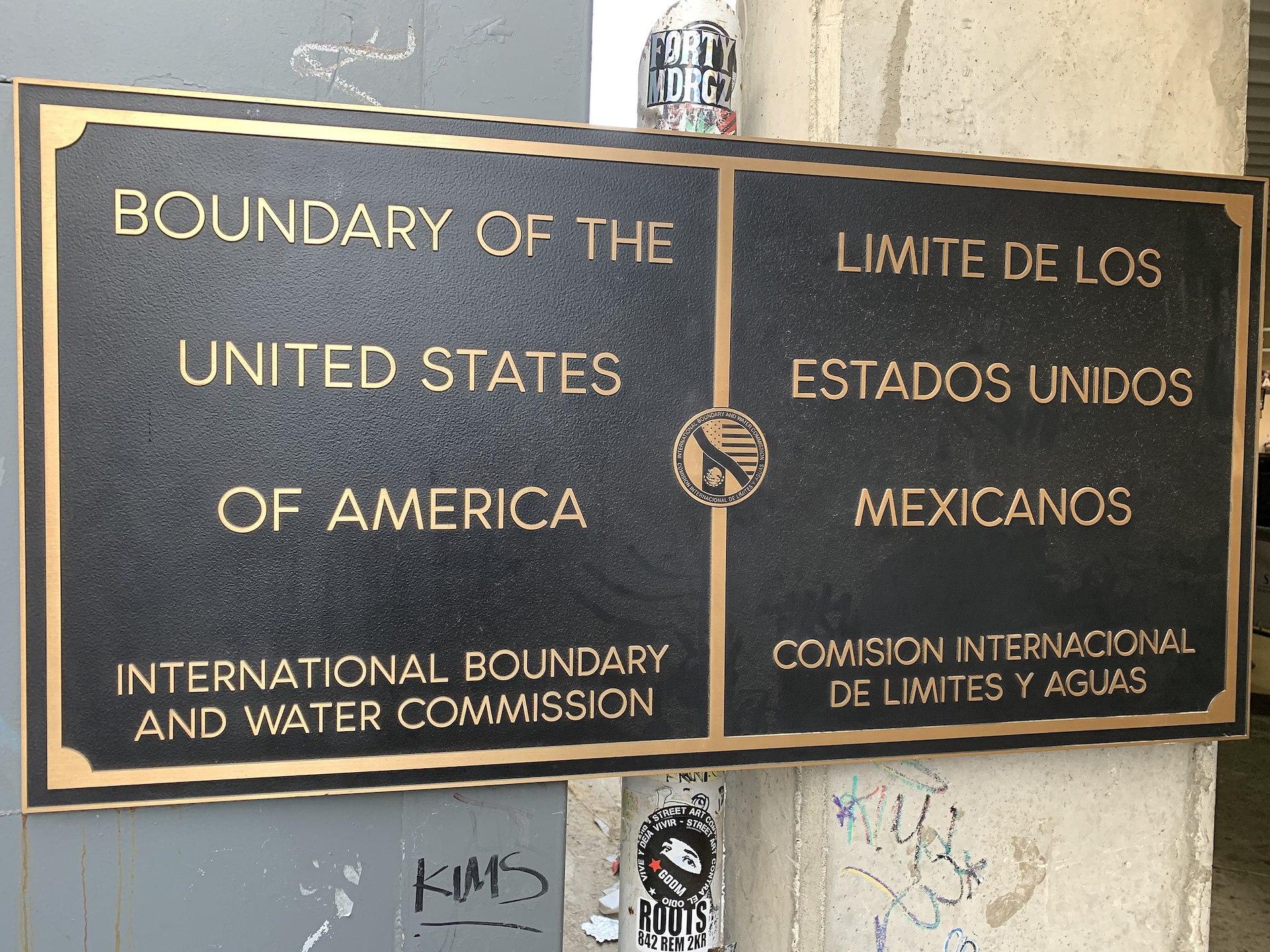
Source: Ncysea/Wikimedia Commons
Furthermore, immigrant communities in California are a key component in helping the U.S. economy bounce back from the pandemic. Around 50% of growth in the labor market came from foreign-born workers between January 2023 and January 2024, according to an Economic Policy Institute analysis of federal data.
Stop Saying “Shut Down”
Joaquin Luke, an executive director of the Smart Border Coalition, and people in the Cali-Baja region, would like Washington, D.C. officials to stop threatening to shut down the border. (Both President Joe Biden and former POTUS Donald Trump have both said so, the former more recently.)

Source: Gage Skidmore/Shealah Craighead/Wikimedia Commons
“Number one, you can’t close a border,” Luken pointed out. “Especially when you look at Mexico being the U.S.’s number one trading partner.” And he’s right: one U.S. worker in every 29 has a job created or supported by the trade between both countries, according to the 2022 Atlantic Council study.
California Can’t Afford Productivity Loss
No wonder business productivity across Southern California is suffering: waiting in border traffic renders workers unproductive. “As a business owner, you can’t expect an employee to perform at 100% if he has four hours of sleep and then six hours on foot,” Luken continued.

Source: Maarten van den Heuvel/Unsplash
He mused, “So, of course, most of the businesses here in the South Bay are struggling, and this impact does trickle up the county.” And with California’s economy close to imploding from budget deficits, a decline in productivity is something the state cannot afford.
